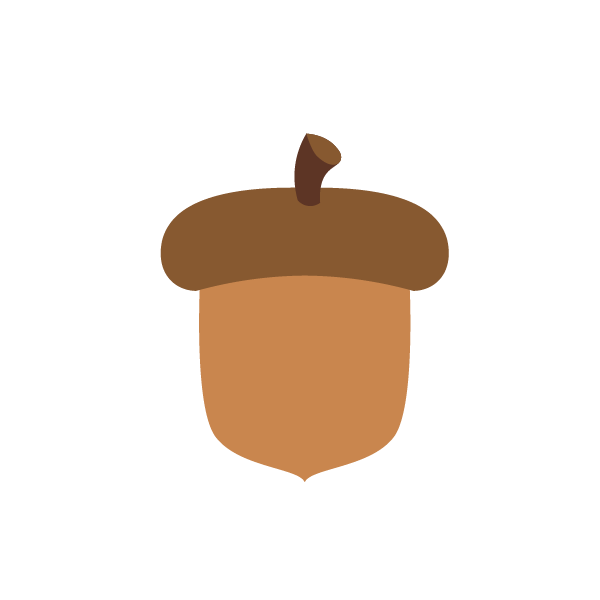Water Seed Dispersal
Water seed dispersal is the process of a seed being transported by water. The seed will eventually end up in a new location where it can germinate and grow into a new plant. There are many different ways that water seed dispersal can occur. One way is when the seed is carried by the water current. Another way is when the seed is eaten by an animal and then deposited in a new location in their feces.
Wind
Wind is a very important factor in water seed dispersal. Many water seeds are very light and can be easily carried away by the wind. The wind can also help to spread the seeds around a large area. This is important because it helps to ensure that the seeds will find a suitable place to grow.
Animals
Water seed dispersal is the process of seeds moving around in water. This can happen in a few different ways. One way is when animals eat the fruits or seeds and then go to the bathroom somewhere else and the seeds come out in their poop. Another way is when an animal brushes up against a plant and the seeds stick to their fur or feathers and then fall off somewhere else when the animal shakes them off. Some seeds even have little hooks or barbs on them that help them attach to animals.
Gravity
One way water helps disperse seeds is by gravity. When a seed falls into a body of water it is often carried downstream where it can eventually take root and grow. This is especially effective in rivers and streams where the current is strong. The water can also help carry the seed to a new location if the plant is growing near a water source and the seed falls in.
Humans
Water seed dispersal is the process of a seed being transported by water. This can happen in a few different ways. One way is when the seed is carried by the water as it flows downstream. The seed will eventually end up on the bank of the river where it can start to grow. Another way water can disperse seeds is by animals eating the fruit that contains the seeds. The seeds will pass through the animal's digestive system and be deposited in a new location. This is how many plants that grow near water bodies, such as wetlands, are able to spread their seeds and colonize new areas. Humans can also disperse seeds through their activities. For example, when we wash our clothes in a river, the seeds that are caught in the fabric can be transported to a new location downstream. Or, when we eat fruits or vegetables, the seeds that we swallow can end up in a new location if we deposit our waste in a different location. In this way, humans can unintentionally help to spread plants around.
